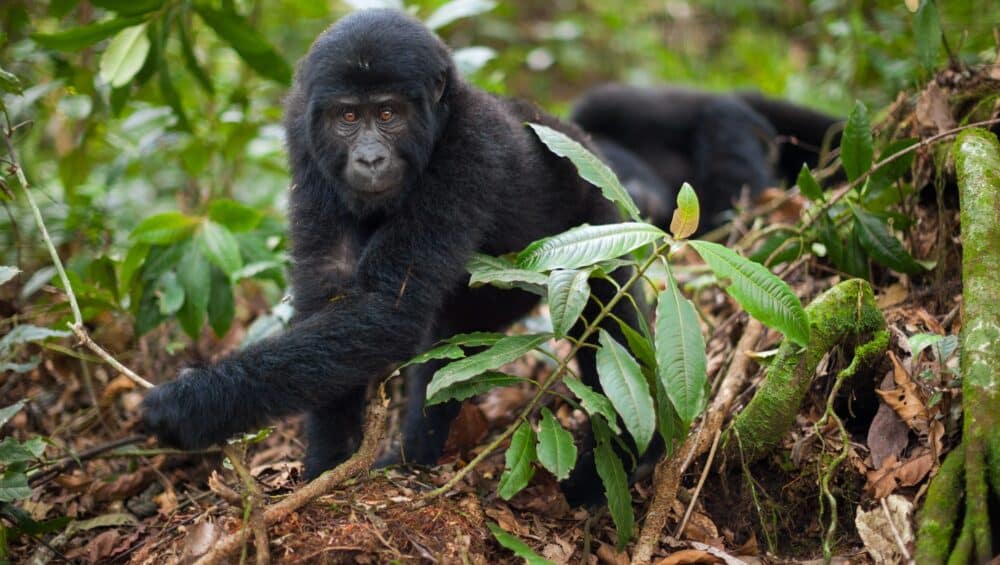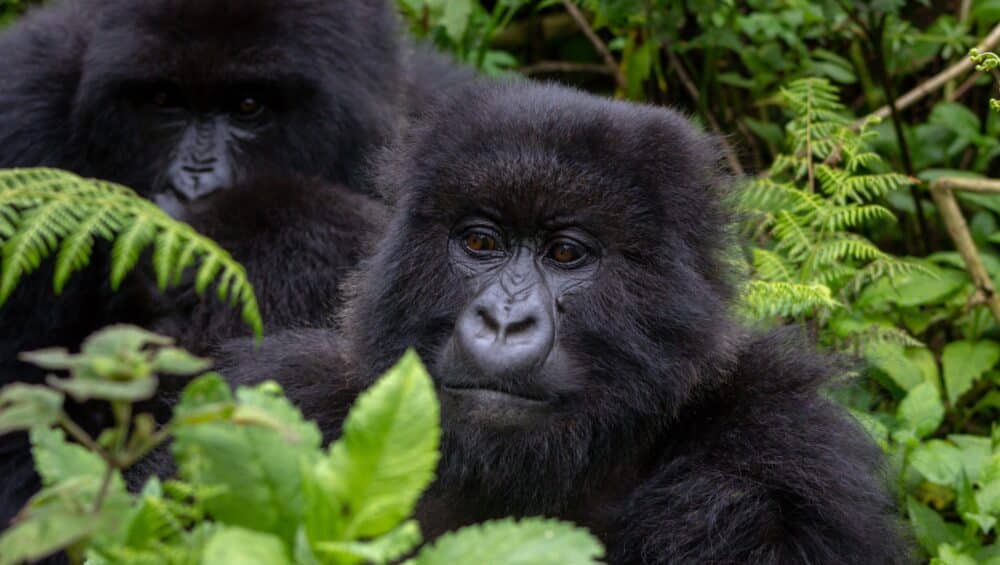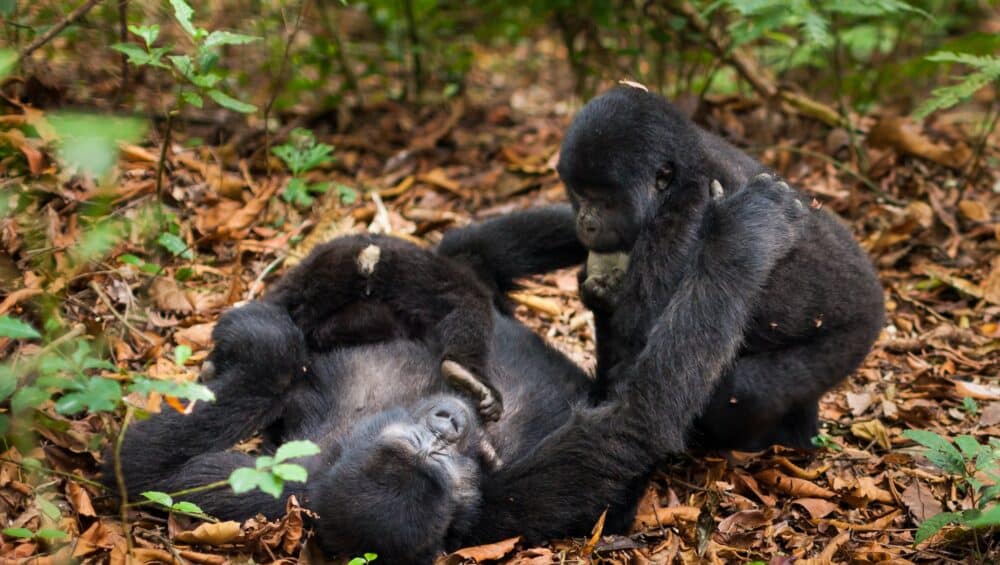Unraveling the Best Time of Year for Gorilla Trekking in Uganda
Introduction: A Path Less Trodden
Ever dreamt of embarking on a real-life jungle book adventure? If it’s a thrilling experience on your bucket list, gorilla trekking in the heart of Uganda might just be your cup of tea. Today, we’ll unravel the nitty-gritty of finding the best time of year for gorilla trekking in Uganda: weather and wildlife considerations included. Fasten your seatbelts; we’re about to dive into an African dreamland!
The Best Time of Year for Gorilla Trekking in Uganda: Weather and Wildlife Considerations
Planning an adventurous expedition requires meticulous attention to details like weather conditions, animal behavior, and their natural habitats. Let’s break it down.
The Role of Weather in Planning Your Trek
Uganda’s Wet Season: A Challenge or an Opportunity?
While most adventurers would typically shy away from the wet season, it’s not all doom and gloom when it comes to gorilla trekking in Uganda. Sure, the paths might be a little slippery and the downpour may dampen your spirits momentarily. But hey, don’t let a little rain put you off! The wet seasons (April-May and November-December) see fewer tourists, making it a more intimate experience.
The Sunny Charm of the Dry Season
Unsurprisingly, the dry season (June-September and December-February) is a hot favorite among trekkers. With less rainfall, the hiking trails are easier to navigate. Yet, the sunshine does have a caveat – it brings along a surge of visitors. For those not fond of crowds, this could be a bit of a pickle.
Gorillas Galore: Wildlife Considerations
How Does Weather Affect Gorilla Behavior?
To plan your trek, understanding gorilla behavior across different seasons is crucial. During the wet season, these magnificent creatures tend to huddle together for warmth, presenting a splendid sight. In contrast, the dry season sees gorillas spread out and feeding, making it a tad bit challenging to spot them.
The Silverback’s Call: Mating Season in Uganda
Gorilla trekking during the mating season (May-June) is indeed a sight to behold. You could witness the mighty silverbacks in their element. However, it might also make the gorillas slightly more aggressive and elusive. As intriguing as it sounds, it’s crucial to exercise caution and respect their space.
Seasonal Advantages: Perks of Different Times
Wet Season Perks: The Green Bloom
With the rains comes a bloom of green, providing a stunning backdrop for your trek. It’s also a great time for photography, with vibrant landscapes and water-washed foliage adding to the visual appeal.
Dry Season Delights: The Bird-Watchers’ Paradise
The dry season is a bonanza for bird lovers, with migratory birds flocking in large numbers. So, while you’re on the lookout for gorillas, don’t forget to turn your binoculars skywards!
FAQs: Addressing Your Curiosities
1. What clothing should I pack for gorilla trekking in Uganda?
Pack for all weather, as conditions can fluctuate in the jungle. Include waterproof clothing, hiking boots, and sun protection.
2. Is gorilla trekking in Uganda safe?
Absolutely! Guides and rangers are well trained, ensuring you a safe and respectful encounter with these magnificent creatures.
3. What’s the likelihood of spotting gorillas during the trek?
The chances are pretty high. Guides are usually in constant communication about the gorillas’ whereabouts, providing a near-certain chance of sightings.
4. Can children participate in gorilla trekking?
Yes, but there’s a catch. Children must be 15 years or older to participate in gorilla trekking in Uganda.
5. Are there any health requirements for the trek?
Yes, it’s important to be in good health as the trek can be physically demanding. Visitors are also advised to get Hepatitis A and B, typhoid, and yellow fever vaccinations before their trip.
6. How can I prepare physically for the trek?
A moderate level of fitness is necessary for the trek. Regular walks, cardio exercises, and some strength training for a few weeks before the trek can be quite beneficial.
In Conclusion: Making Your Decision
So, when is the best time of year for gorilla trekking in Uganda. Well, it boils down to personal preference. If you’re ready to brave the rain and want a quieter trek, the wet season could be your winner. If you prefer sunnier trails and don’t mind sharing the experience with other tourists, the dry season will serve you well.
No matter what season you choose for your gorilla trekking adventure in Uganda, it promises to be an unforgettable experience. After all, nothing quite compares to the awe-inspiring sight of these majestic creatures in their natural habitat. And who knows? Perhaps your journey will not only lead you to the heart of the jungle but also to the discovery of your own wild spirit!



